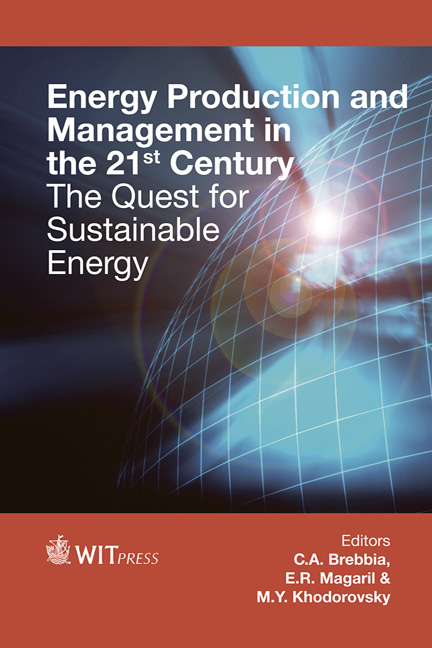The Evaluation Of Ash Content In Grass Biomass
Price
Free (open access)
Transaction
Volume
190
Pages
9
Page Range
1057 - 1065
Published
2014
Size
327 kb
Paper DOI
10.2495/EQ140992
Copyright
WIT Press
Author(s)
R. Platače & A. Adamovičs
Abstract
One of the greatest problems in the production of bioenergy is related to the cultivation of high-quality perennials having a particular chemical content. The yield and chemical content thereof is largely influenced by fertilisers: their types and norms, especially by ones used during the growing period. The production of heat requires plants bringing high biomass yield, having high combustion ability, high heat output and low ash content. Perennial grasses are essential for the agricultural production sector in Latvia. The nature and extent of winter damage on grasslands highly depends upon the climatic conditions, moreover it influences both persistency and yield. Scientists have found out that plant biomass is one of the best sources that may be used for the production of solid biofuels. Ash is one of the main indicators in heat production, since higher content thereof causes problems in the automatic combustion process. Analysis of the ash content among all the three grass plants shows the lowest indicator in timothy, followed by meadow fescue, and festulolium. Analysis of the ash content depending on the fertiliser applied was conducted as well, and it indicated that festulolium, timothy, and meadow fescue effectively react on the treatment with fertilisers. The data acquired shows that biomass has a high ash content; therefore it could be useful to produce pellets from grass plant biomass, mixing it with wood, which would reduce ash content (one of the key problems in the combustion process causing problems for the heating system). Keywords: festulolium, timothy, meadow fescue, nitrogen fertilizers, ash.
Keywords
festulolium, timothy, meadow fescue, nitrogen fertilizers, ash.





